Can Jia Yueting, Relentless Innovator, Sustain His Automotive Dream?
![]() 07/28 2025
07/28 2025
![]() 553
553
Lead
Recently, Faraday Future (FF) unveiled the FX Super One, the inaugural model of its second brand, FX. Dubbed by Jia Yueting as the "world's first E-AI MPV," this fully electric medium-to-large MPV garnered over 10,000 paid reservations within 48 hours of its launch. Does this signal that Faraday Future has unlocked the key to captivating American consumers and securing a promising future?
Produced by | Heyan Yueche Studio
Written by | Zhang Dachuan
Edited by | He Zi
After abandoning LeTV Auto and the entire LeTV ecosystem, Jia Yueting seems undeterred in his quest to realize his automotive ambitions.
Following the release of its first model, the FF91, Faraday Future announced its second brand, Faraday X (FX), in September 2024. Jia Yueting emphasized that FX aims to provide American consumers with two AIEV (Artificial Intelligent Electric Vehicle) products offering "double the performance at half the price." With these two models, Faraday Future hopes to not only emulate the success of Toyota in the smart electric vehicle market but also become the first automaker in the current US market to penetrate the extended-range hybrid vehicle segment. The launch of the FX Super One epitomizes the strategy outlined last September.
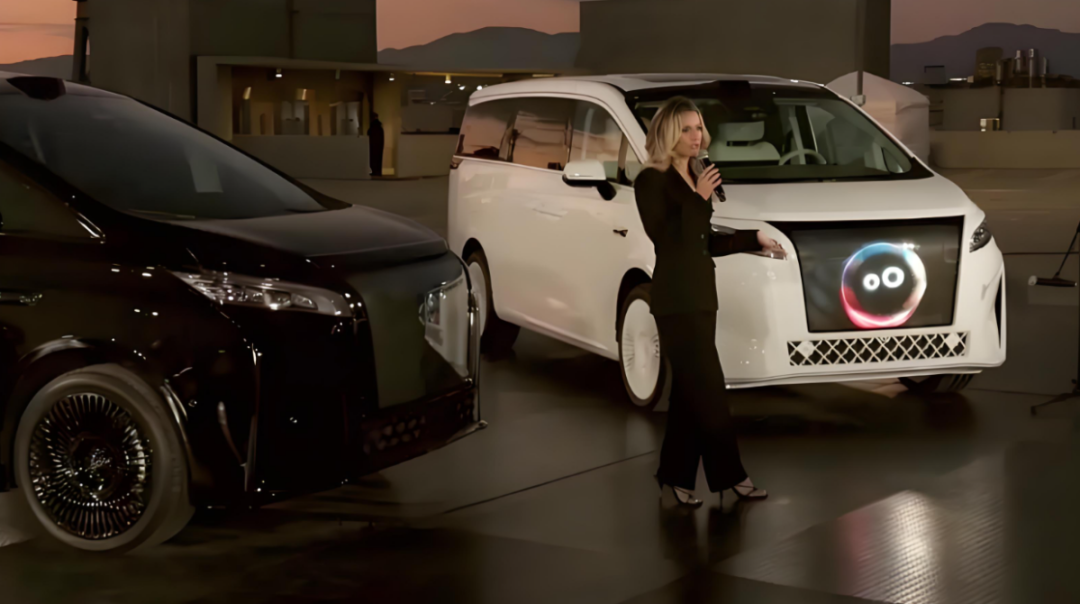
△FX Super One Launch
What is Faraday Future's New Strategy?
Achieving Faraday X would be a challenging endeavor for Faraday Future alone. Hence, the company officially announced cooperation agreements with four domestic automakers. Undoubtedly, Jia Yueting had already decided to leverage mature domestic products and technologies to propel Faraday Future towards leapfrog development before unveiling this new strategy. From a strategic standpoint, this is indeed a shortcut. After all, the competitiveness of domestic automakers in the smart electric vehicle sector is globally acclaimed. If General Motors or Ford had announced a similar strategy, it might have garnered significant investor attention. However, Faraday Future is on the brink of survival, and the strategy of partnering with domestic automakers faces substantial implementation hurdles.
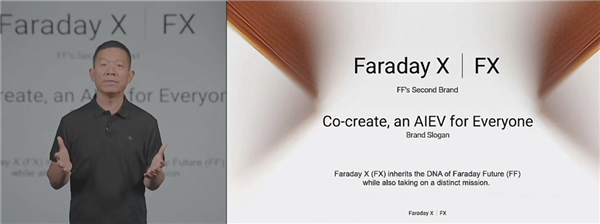
△Faraday Future launched its second brand, Faraday X, in September 2024
Since commencing mass production and delivery of the FF91 in 2023, data reveals that this model, with an average selling price of approximately $300,000, has delivered a cumulative total of only 11 vehicles, with only 2 sold in the first quarter of 2025. Such paltry sales can be overlooked by any automaker. Especially for a new-energy automaker like Faraday Future, the failure of the FF91 signifies a comprehensive strategic collapse for the entire company. In contrast, the FX Super One secured 10,034 paid orders upon its launch, instilling a glimmer of hope in Faraday Future. But is this optimism warranted?
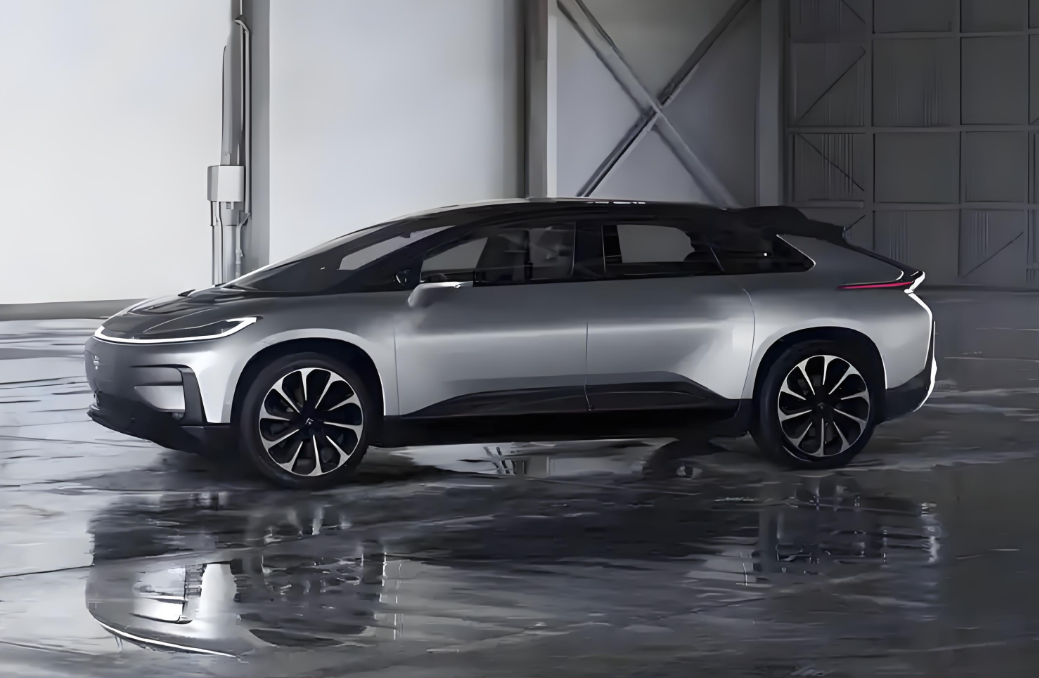
△The sales of the FF91 are so low that they can be overlooked
On one hand, the reservation fee for consumers is merely $100, so it remains uncertain how many of the over 10,000 orders will eventually materialize. On the other hand, there are widespread doubts that the FX Super One bears a striking resemblance to Great Wall Motors' WEY GAOSHAN, suggesting that Faraday Future might have simply replicated it. However, more crucially, given Faraday Future's current production capacity, supply chain situation, and financial reserves, there is considerable uncertainty regarding whether it can smoothly promote the FX Super One.
According to relevant news, Faraday Future plans to commence deliveries of this model by the end of this year. Prior to that, the entire supply chain and production line need to be activated, necessitating significant investments in mold opening for hardware, software debugging, and vehicle testing. Whether Faraday Future still possesses the capability to complete these relevant tests is questionable. Therefore, neither investors in China awaiting repayment from Jia nor unsuspecting American consumers across the ocean should get overly excited prematurely.
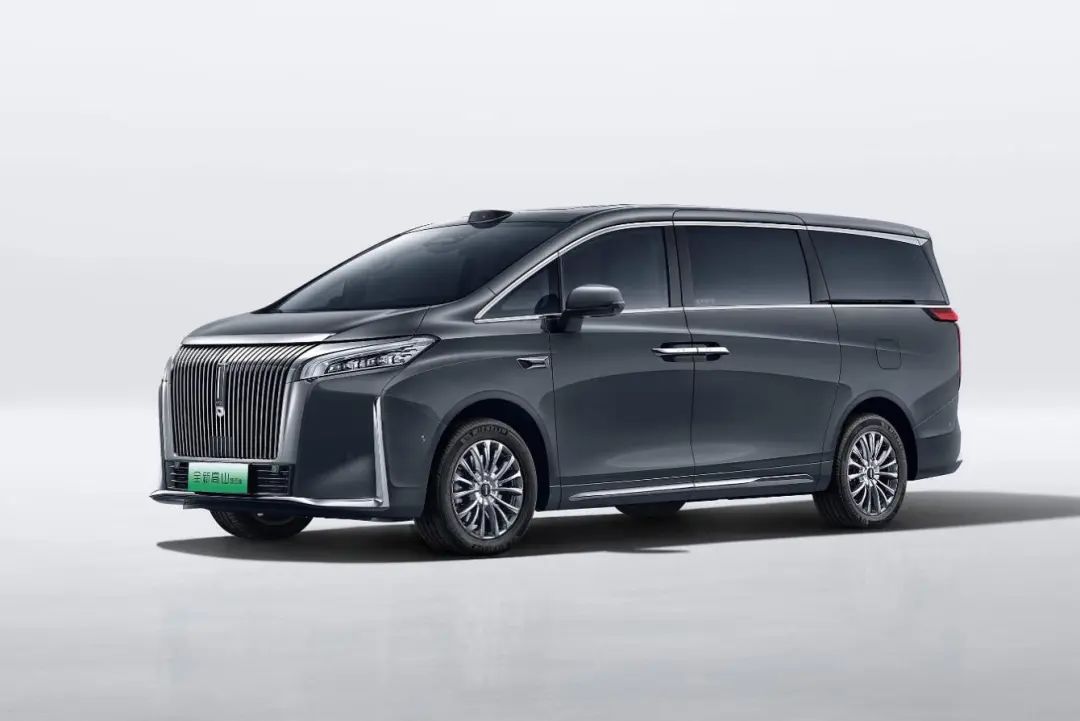
△There are widespread doubts that the FX Super One is highly similar to Great Wall Motors' WEY GAOSHAN
Can Faraday Future Be Resurrected?
The reason Jia Yueting was able to secure cooperation agreements with four domestic automakers is largely attributed to his persuasive lobbying skills. According to Jia Yueting, he proposed the "China-US Automotive Industry Bridge Strategy," which facilitates domestic automakers' entry into the US market through Faraday Future.
Currently, the domestic automotive market remains highly competitive. Even though the government has implemented policies to combat involution, the price war is likely to persist until a significant amount of excess capacity is eliminated. For Chinese automakers embroiled in price wars in China, the US market, as the world's second-largest automotive market, is naturally very appealing. Whether it's to absorb excess capacity, boost overall sales, or expand global influence, the temptation to open the door to the US market is irresistible for many domestic automakers. Especially in the fields of new energy and intelligent connectivity, domestic new energy vehicles hold significant advantages in technology and cost. Although Faraday Future is weak in strength and Jia Yueting has a tarnished reputation in China, it has achieved mass production and delivery of the FF91 model, and the corporate structure is in place.
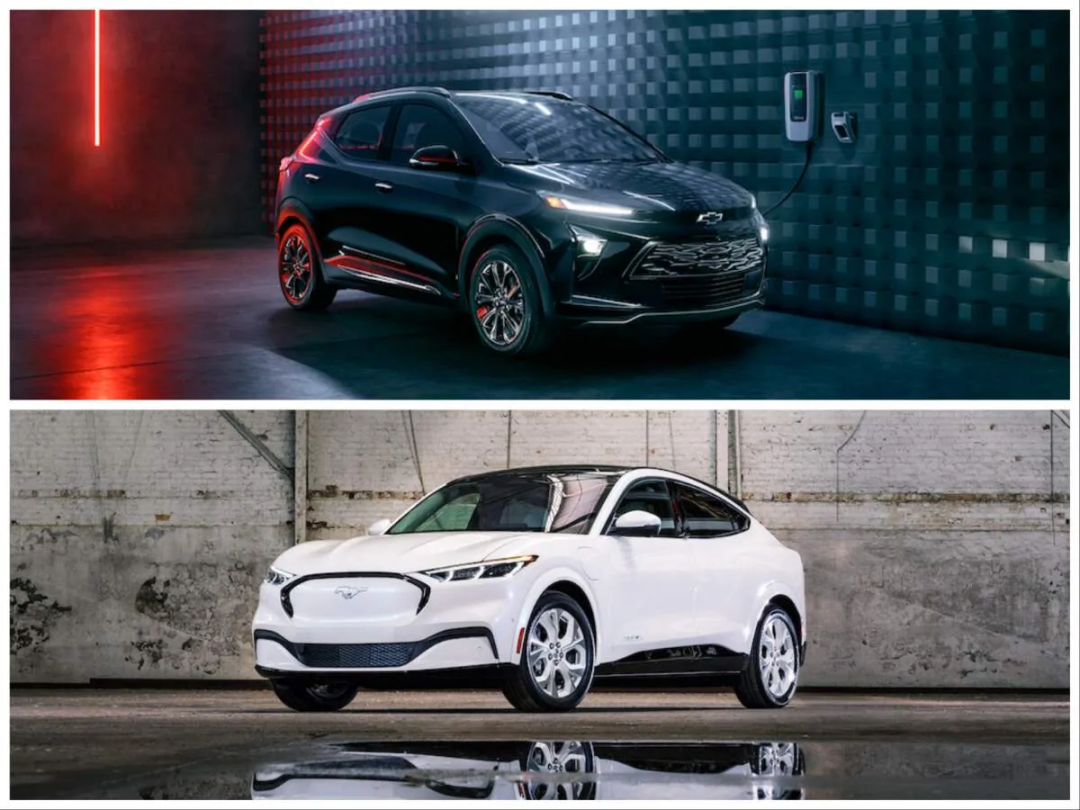
△Entering the US market is a dream for many domestic automakers
However, for Faraday Future to achieve a turnaround in the US market with the technology of just three or four Chinese automakers is akin to a pipe dream. The US government has enacted relevant laws and regulations to bar Chinese intelligent connected hardware and software technologies and products from the US market. This implies that Faraday Future needs to redevelop most of the hardware and software of the Great Wall WEY GAOSHAN. Given Faraday Future's current system capabilities, achieving this is exceedingly difficult. Moreover, this approach would also require Great Wall Motors to open relevant interfaces. For any automaker, related interfaces and communication protocols are tied to intellectual property and core corporate secrets. It is nearly impossible for Great Wall to directly disclose these core secrets to Faraday Future. In fact, if it were as straightforward as Faraday Future envisions, it would undoubtedly be much easier for General Motors and Ford, which have strong joint venture partners in China, to introduce SAIC and Changan's new energy vehicle technology to the US market.

△Chinese intelligent connected hardware and software technologies and products are barred from the US market
Chinese Automakers Face Numerous Obstacles in Entering the US Market
Currently, it remains challenging for Chinese automakers to penetrate the US market.
The US is now "gritting its teeth" against China's new energy vehicles, imposing very high tariffs on Chinese-made vehicles, especially electric vehicles, making it unprofitable for Chinese-made vehicles to sell in the US. Beyond complete vehicles, the US is also finding excuses to block Chinese intelligent connected technology from entering the US market, making it difficult for domestic parts suppliers to secure orders for US vehicle projects. Therefore, for Chinese automakers, breaking into the US market under the current restrictions imposed by US laws and regulations is exceedingly difficult.
Furthermore, even if one considers the route of technology licensing, American automakers such as General Motors, Ford, and Stellantis, or European automakers like Volkswagen and Mercedes-Benz, are far more reliable partners than Faraday Future. Previously, under extreme pressure from the US, CATL forced its way into the US electric vehicle market through technology licensing to Ford. Given that Faraday Future is barely surviving, there is a significant risk for domestic automakers to collaborate with such an automaker.
For Jia Yueting, making a comeback, whether in China or the US market, is an uphill battle. The likelihood of a comeback in the US market is minimal. And for domestic automakers hoping to take a shortcut into the US market through Jia Yueting, who is struggling to stay afloat, the opportunity is equally slim.
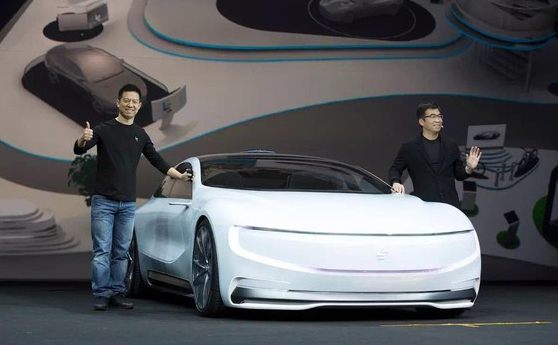
△The era belonging to Jia Yueting has long since ended
Commentary
Whether it was LeTV Auto or Faraday Future, they once possessed the perfect confluence of timing, location, and people, and were poised to replicate Tesla's success. However, Jia Yueting's broken capital chain shattered his automotive dreams. In today's new energy vehicle market, multinational giants have recovered and are shifting their focus from all-electric vehicle development to hybrid vehicle development; government subsidies have also seen a gradual decline from robust encouragement. Without a head start, Faraday Future's attempt to leverage Chinese new energy vehicle technology to stage a comeback in the US is more like a pipe dream. The same applies to domestic automakers looking to enter the US market through Jia Yueting.
(This article is original content produced by Heyan Yueche and may not be reproduced without authorization)





